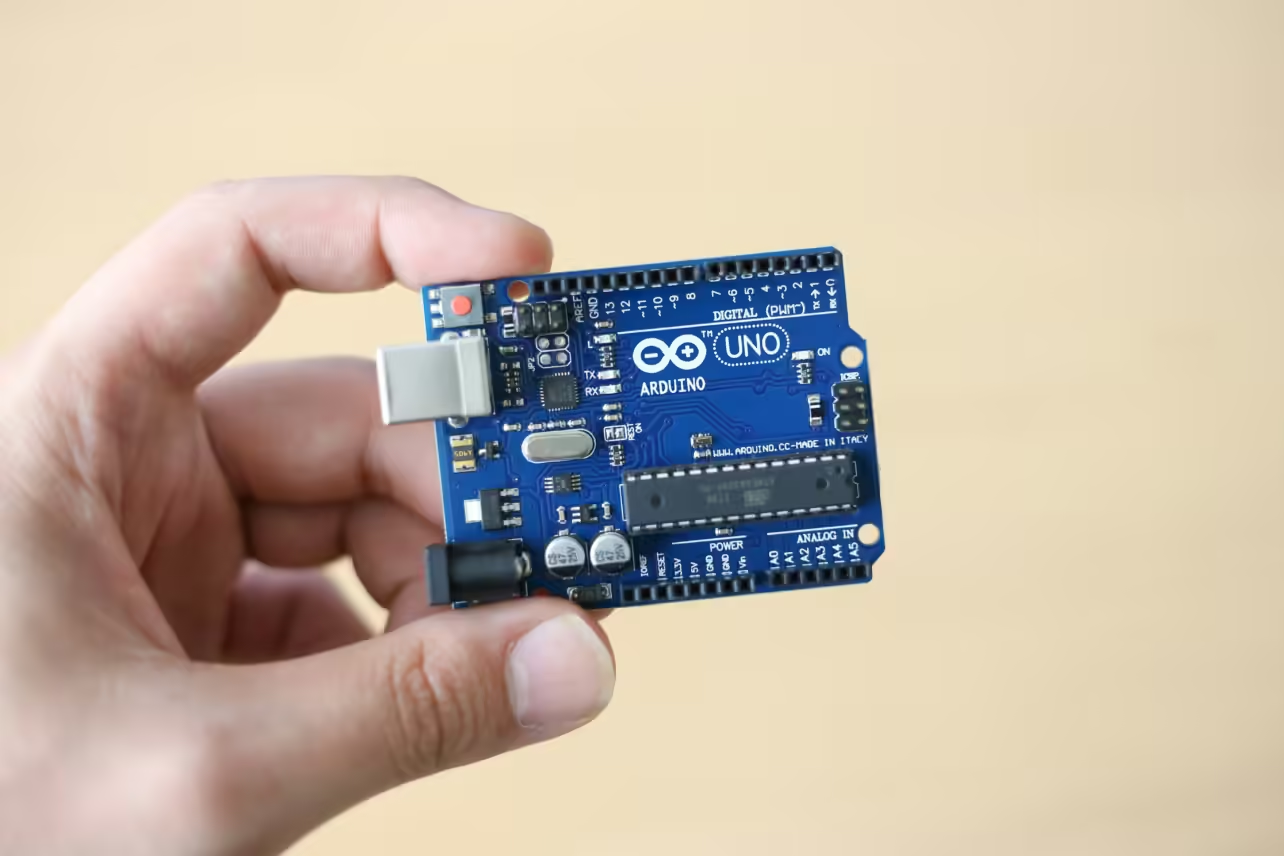No, Arduino is not compatible with all microcontrollers. Let me break down why this is the case and share some insights I’ve gained through my work.
Understanding Arduino and Microcontrollers
Arduino, at its core, is an open-source electronics platform. I have used Arduino many times in my projects because it is easy to use and has a strong community. You can see all the Arduino boards I have tested in this article collection. Nevertheless, It consists of:
- A physical programmable circuit board (microcontroller)
- The Arduino IDE (Integrated Development Environment)
Microcontrollers, which I’ve worked with extensively, are essentially small computers on a single chip. They contain a processor, memory, and programmable I/O peripherals.
Factors Affecting Compatibility
Microcontroller Architecture
Arduino boards typically employ either AVR or ARM architectures. However, not all AVR or ARM microcontrollers are Arduino-compatible. For example, some obscure AVR chips lack crucial elements for Arduino compatibility despite sharing the same architecture. This can lead to unexpected challenges in integration.
Pin Configuration
Arduino’s standardized pin layout is both advantageous and limiting. While it simplifies prototyping with standard Arduino boards, it can cause complications when working with non-Arduino microcontrollers. Often, custom adapters or circuit redesigns are necessary to bridge these differences.
Software and Bootloader
The Arduino IDE and its extensive library ecosystem significantly reduce development time. However, porting Arduino libraries to other microcontrollers can be challenging. Adapting an Arduino library for a PIC microcontroller, for instance, can be a complex and time-consuming process, highlighting the intricacies of software compatibility.
Voltage and Power Requirements
Voltage level differences are a critical consideration when integrating various microcontrollers. A mismatch between 3.3V and 5V systems can potentially damage components if not properly addressed. Careful attention to power requirements is essential for successful integration.
Examples from My Experience
Compatible (with proper implementation):
- ATmega328P (Arduino Uno)
- ESP8266 and ESP32: I’ve successfully used these in IoT projects with community-developed Arduino cores.
Typically Incompatible:
- PIC microcontrollers
- Specialized industrial microcontrollers
Expanding Arduino Compatibility
The open-source nature of Arduino has led to some incredible community-driven expansions. I’ve contributed to and benefited from:
- Third-party Board Support: I’ve added support for non-standard boards to my Arduino IDE.
- Custom Arduino Cores: I’ve used and modified Arduino-compatible software for different microcontrollers.
- Shield Adapters: I’ve designed hardware to bridge pin incompatibilities in complex projects.
Best Practices I’ve Developed
Through years of trial and error, here are some practices I always follow:
Consider Alternatives: Sometimes, I’ve had to admit that Arduino isn’t the best choice for a specific microcontroller or project.
Research Compatibility: I always verify a microcontroller’s Arduino compatibility before starting a project.
Understand Limitations: I’ve learned to be realistic about the differences in features and performance between Arduino and other platforms.
Leverage Community Resources: Forums and open-source projects have been invaluable in my work.
Arduino may not be suitable for every microcontroller requirement. However, its flexibility and innovative users have pushed the boundaries of what they can accomplish with it. I have experience with Arduino compatibility and can say that exploring it is both rewarding and challenging. It has taught me to think creatively, problem-solve effectively, and appreciate the intricacies of embedded systems design.


2 comments
You have noted very interesting points! ps nice web site.